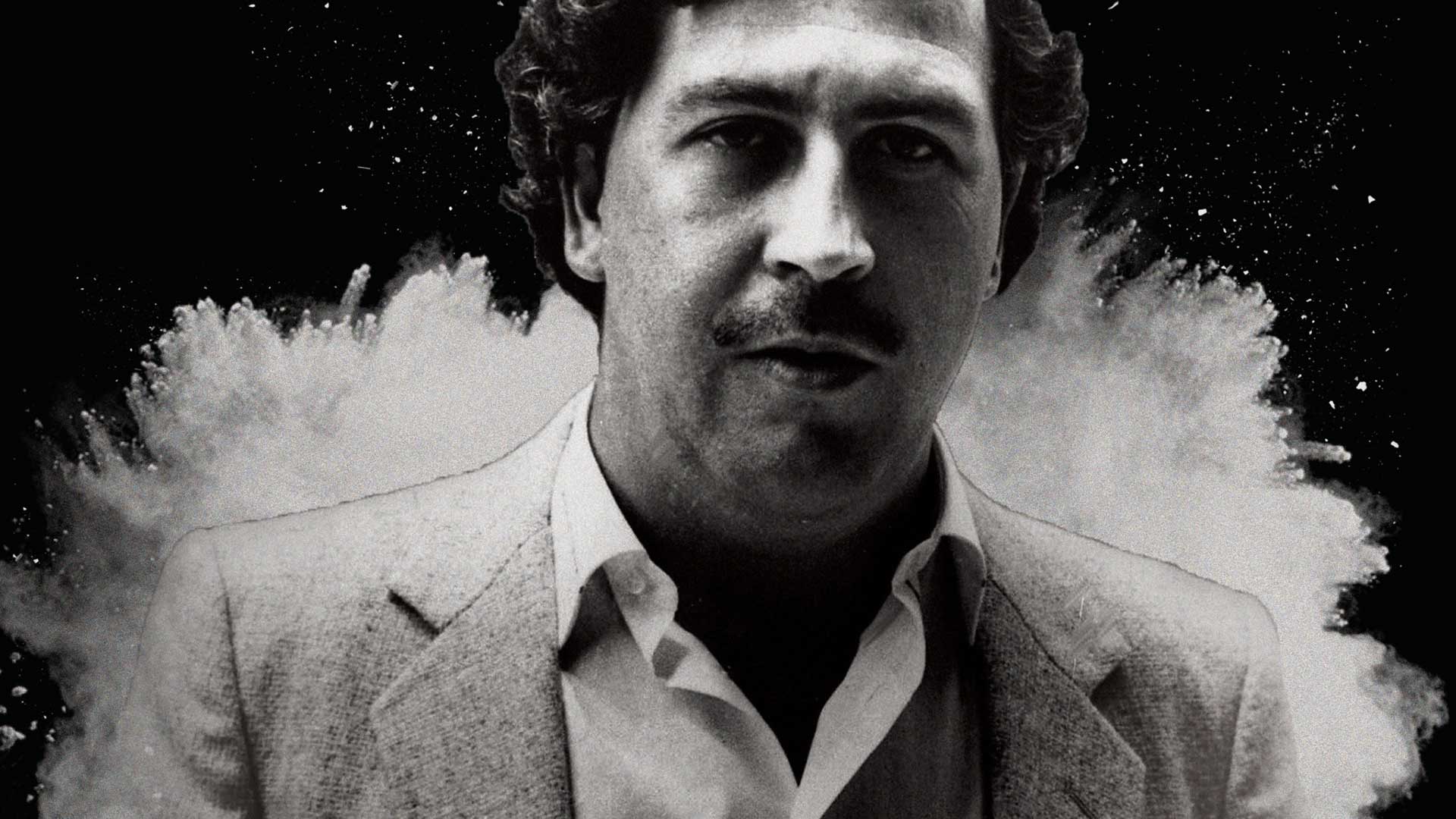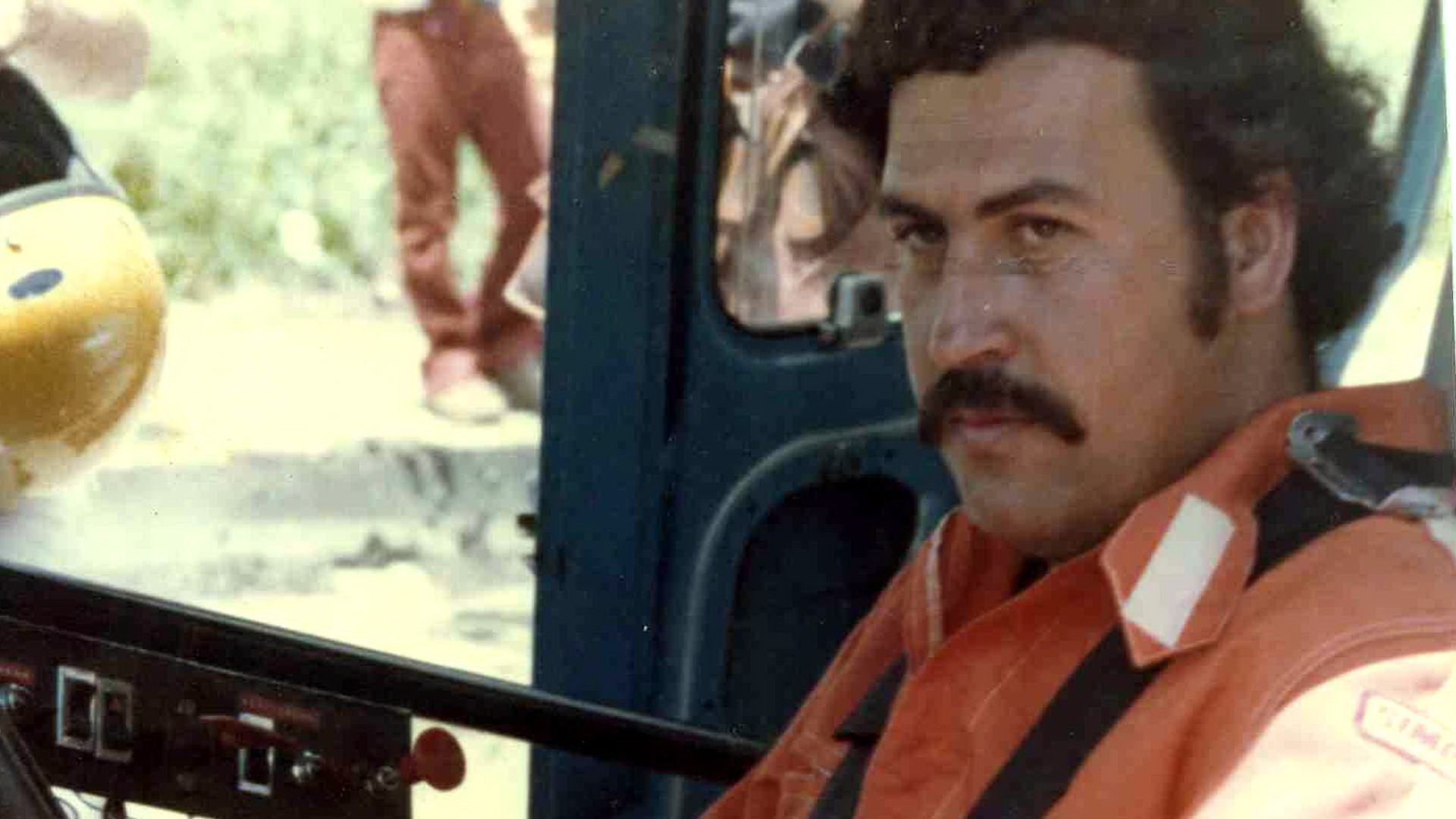When we talk about Pablo Escobar, we're diving into the life of a man whose name became synonymous with the drug trade, power, and infamy. His story is not just about a man who rose to prominence but also about how his downfall shook the world. The question "Pablo Escobar died" might seem straightforward, but there's so much more to it than just the date and time of his death. This is the story of a man who lived fast, ruled hard, and ultimately met his end in the most dramatic way possible.
Escobar wasn't just some guy dealing drugs on the corner. He was the kingpin of the Medellín Cartel, an organization that supplied 80% of the cocaine consumed in the United States during the 1980s and early 1990s. His wealth was astronomical, but it came at a cost. The world watched as Colombia became a battleground between law enforcement, rival cartels, and Escobar's own private army.
Today, we're going to unpack how and why Pablo Escobar died, the events leading up to his demise, and what his legacy means for the world. Buckle up because this isn't just history—it's a cautionary tale that still resonates today.
- John Walsh Speaking Fee Unlocking The Value Of A True Legend
- How Tall Is George Foreman Unveiling The Boxing Legends Height And More
Table of Contents
- Biography: Who Was Pablo Escobar?
- Early Life and Rise to Power
- Building the Empire: The Medellín Cartel
- Conflict with the Government
- The Manhunt for Pablo Escobar
- How Did Pablo Escobar Die?
- The Legacy of Pablo Escobar
- Impact on Colombia and Beyond
- Lessons Learned from Escobar's Life
- Conclusion: Remembering Pablo Escobar
Biography: Who Was Pablo Escobar?
Bio Breakdown
Before we dive deep into how Pablo Escobar died, let's first break down who this guy really was. Below is a quick snapshot of his life through a bio table:
| Name | Pablo Emilio Escobar Gaviria |
|---|---|
| Birth Date | December 1, 1949 |
| Death Date | December 2, 1993 |
| Place of Birth | Rionegro, Antioquia, Colombia |
| Occupation | Drug Lord, Narco-Terrorist |
| Net Worth | Estimated $30 billion at his peak |
Escobar wasn't born into wealth or power. He grew up in a modest family in Colombia, but his hunger for money and influence drove him to take risks that eventually turned him into one of the most feared men on the planet.
Early Life and Rise to Power
Pablo Escobar's journey wasn't your typical rags-to-riches story. It was more like rags-to-power-to-infamy. Growing up in a poor neighborhood in Colombia, Escobar started his criminal career small—stealing tombstones and selling them. But hey, you gotta start somewhere, right?
- Unlock Your Property Secrets A Comprehensive Guide To Larimer County Assessor Property Search
- Joyce Vance The Remarkable Journey Of A Legal Powerhouse
By the 1970s, Escobar had shifted his focus to drug trafficking. He saw the potential in the cocaine trade and quickly became a key player in smuggling the drug into the United States. His rise was meteoric, and soon he was running one of the most powerful drug cartels in history.
Building the Empire: The Medellín Cartel
How Did He Do It?
Escobar didn't build the Medellín Cartel alone. He surrounded himself with a network of loyalists, enforcers, and partners who helped him expand his reach. Here's how the cartel operated:
- Cocaine Production: The cartel controlled vast areas of Colombia where coca plants were grown.
- Smuggling Routes: They used everything from small planes to submarines to transport cocaine to the U.S.
- Corruption: Escobar paid off officials at every level to ensure his operation ran smoothly.
At its peak, the Medellín Cartel was responsible for supplying 80% of the world's cocaine. That's insane when you think about it. But power corrupts, and Escobar's reign wouldn't last forever.
Conflict with the Government
Escobar's empire brought him immense wealth, but it also made him a target. The Colombian government, backed by U.S. law enforcement, launched a massive campaign to bring him down. Escobar retaliated with violence, turning Colombia into a war zone.
His slogan, "Plata o plomo" (Silver or Lead), summed up his approach. You either took his money or faced his bullets. This period of conflict, known as the "Drug War," left thousands dead and shattered the country.
The Manhunt for Pablo Escobar
Operation Gavilán
After years of evading capture, Escobar was finally cornered. In 1993, the Colombian government, with the help of the U.S. Delta Force and other agencies, launched Operation Gavilán to track him down. The manhunt was relentless, and Escobar was constantly on the move.
He had a network of safe houses, but the pressure was mounting. His family was targeted, and his empire was crumbling. The end was near.
How Did Pablo Escobar Die?
On December 2, 1993, Pablo Escobar was gunned down in a rooftop shootout in Medellín. A joint task force, including the Colombian National Police and Los Pepes (an anti-Escobar group), cornered him at a residential building. During the ensuing gunfight, Escobar was shot multiple times and died on the spot.
There's been speculation about whether Escobar took his own life, but most accounts agree that he was killed by the authorities. His death marked the end of an era, but the impact of his actions would be felt for years to come.
The Legacy of Pablo Escobar
Pablo Escobar's legacy is complicated. On one hand, he was a ruthless drug lord responsible for countless deaths. On the other, he was seen by some as a Robin Hood figure who provided for the poor in his community.
His story has been immortalized in books, movies, and TV shows, most notably Netflix's "Narcos." But the real question is, what lessons can we learn from his life?
Impact on Colombia and Beyond
The drug war that Escobar fueled left a lasting impact on Colombia. The violence and corruption he instigated reshaped the country's political and social landscape. Today, Colombia continues to battle the effects of the drug trade, but progress has been made.
Globally, Escobar's story serves as a reminder of the dangers of unchecked power and the importance of international cooperation in fighting organized crime.
Lessons Learned from Escobar's Life
What Can We Take Away?
Here are a few key takeaways from Pablo Escobar's life:
- Power Corrupts: Escobar's rise to power shows how wealth and influence can lead to corruption and destruction.
- Collaboration is Key: The efforts to bring Escobar down highlight the importance of international cooperation in tackling global issues.
- History Repeats Itself: The lessons from Escobar's reign should serve as a warning to future generations.
Understanding Escobar's story is crucial if we want to prevent similar tragedies from happening again.
Conclusion: Remembering Pablo Escobar
So there you have it—the story of how Pablo Escobar died and the legacy he left behind. His life was a rollercoaster of power, wealth, and violence, and his death was the dramatic conclusion to a tale that captivated the world.
As we reflect on his life, let's not forget the lessons we can learn. Share this article with your friends, drop a comment below, and let's keep the conversation going. After all, history is only as valuable as the lessons we take from it.
Until next time, stay curious and keep learning.



Detail Author:
- Name : Prof. Jaylin Goldner
- Username : fweber
- Email : jocelyn.dooley@gmail.com
- Birthdate : 1997-02-23
- Address : 77584 McKenzie Isle Jadynmouth, MI 69862
- Phone : +1 (951) 496-2199
- Company : King, Nikolaus and Smitham
- Job : Travel Agent
- Bio : Est aliquid tempora aut ipsam. Asperiores quam aut est dolor. Voluptatum enim vitae accusamus pariatur dolor nesciunt et. Illum voluptas ipsa beatae dignissimos earum.
Socials
instagram:
- url : https://instagram.com/raheem5297
- username : raheem5297
- bio : Itaque dolores ut deleniti sit. Quidem maxime incidunt est nisi facilis.
- followers : 486
- following : 1859
twitter:
- url : https://twitter.com/raheem8023
- username : raheem8023
- bio : Provident aut quisquam qui quis suscipit. Vel maiores rerum ut sunt ducimus.
- followers : 530
- following : 676